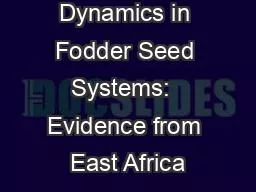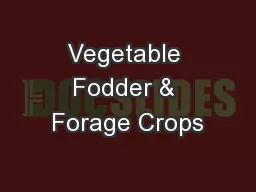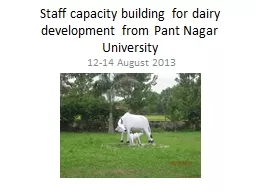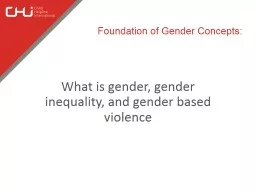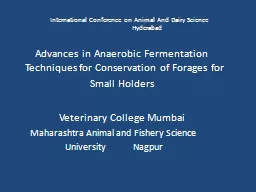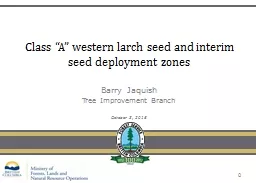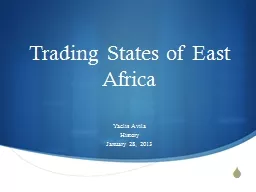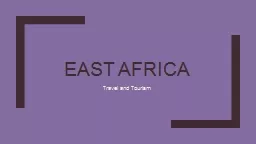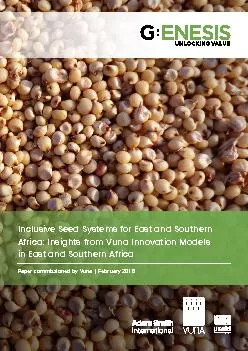PPT-Gender Dynamics in Fodder Seed Systems: Evidence from East Africa
Author : jezebelfox | Published Date : 2020-06-24
Birhanu Lenjiso Policies Institutions and Livelihoods ILRI Presentation for the Gender in Seed System Workshop September 1921 2018 Addis Ababa Ethiopia Right
Presentation Embed Code
Download Presentation
Download Presentation The PPT/PDF document "Gender Dynamics in Fodder Seed Systems: ..." is the property of its rightful owner. Permission is granted to download and print the materials on this website for personal, non-commercial use only, and to display it on your personal computer provided you do not modify the materials and that you retain all copyright notices contained in the materials. By downloading content from our website, you accept the terms of this agreement.
Gender Dynamics in Fodder Seed Systems: Evidence from East Africa: Transcript
Download Rules Of Document
"Gender Dynamics in Fodder Seed Systems: Evidence from East Africa"The content belongs to its owner. You may download and print it for personal use, without modification, and keep all copyright notices. By downloading, you agree to these terms.
Related Documents

